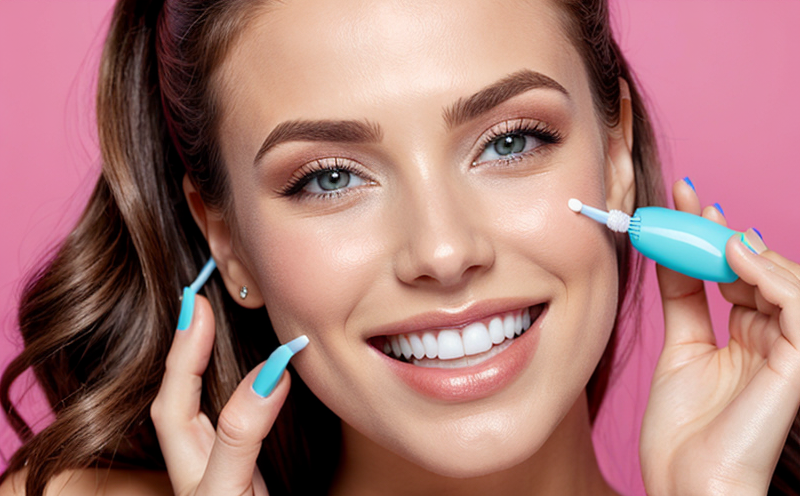Antimicrobial Testing of Cosmetic Oral Gels
The antimicrobial testing of cosmetic oral gels is a critical process that ensures consumer safety and product efficacy. As part of our comprehensive quality assurance programs, we utilize advanced methodologies to assess the effectiveness of antimicrobial agents in these products. This service plays a pivotal role in safeguarding public health by ensuring that oral care cosmetics meet stringent regulatory standards.
Our testing protocols are designed to mimic real-world conditions, providing reliable and repeatable results. The primary focus is on verifying the stability and efficacy of antimicrobial compounds over time and under various environmental conditions such as temperature fluctuations or contact with other materials common in use.
The process begins with a detailed review of product formulations to identify potential sources of contamination. This includes not only the active ingredients but also excipients and packaging materials that could influence microbial growth. Samples are prepared following strict guidelines set forth by international standards like ISO 22716:2011 for cosmetic products.
We employ a range of microbiological techniques including agar diffusion tests, disk diffusion methods, and quantitative bacteriological analyses to determine the minimum inhibitory concentration (MIC) required to inhibit growth effectively. For more challenging scenarios involving multidrug-resistant pathogens or biofilm formation, we may utilize advanced technologies such as laser scanning confocal microscopy.
The results from these tests provide valuable insights into the safety profile of each product, helping manufacturers make informed decisions about ingredient selection and formulation adjustments if necessary. By adhering strictly to global regulatory frameworks such as those prescribed by FDA and EU Cosmetics Regulation, we ensure compliance with international standards while delivering accurate data that supports product development.
In addition to efficacy testing, our comprehensive approach also includes evaluations of preservative migration rates and compatibility issues within multi-layered systems. These additional layers provide a holistic view of the overall performance characteristics essential for maintaining high-quality standards in oral care cosmetics.
- Agar diffusion tests
- Bacteriological analyses
- Disk diffusion methods
- Laser scanning confocal microscopy (for biofilm studies)
Scope and Methodology
The scope of our antimicrobial testing covers a wide array of cosmetic oral gels, encompassing various forms such as toothpaste, mouthwash, and other similar products. The methodology involves several key steps:
- Sample preparation adhering to ISO 22716:2011 guidelines.
- Conducting quantitative bacteriological analyses to assess microbial load before and after treatment with antimicrobial agents.
- Performing agar diffusion tests to evaluate the effectiveness of different concentrations of active ingredients against selected bacteria and fungi.
- Utilizing disk diffusion methods to determine the minimum inhibitory concentration (MIC) necessary for effective microbial inhibition.
Quality and Reliability Assurance
We maintain rigorous quality control measures throughout every stage of testing, ensuring consistent and reliable results. Our commitment to excellence is reflected in our adherence to strict ISO standards for laboratory practices, including ISO 17025 accreditation.
- Strict adherence to international guidelines such as ISO 22716:2011
- Regular calibration of equipment using certified reference materials
- Continuous training and education for staff members on the latest techniques and best practices
Customer Impact and Satisfaction
Our clients benefit from this service through enhanced product safety, regulatory compliance, and improved market reputation. By providing robust evidence of antimicrobial efficacy, we help our customers build trust with consumers who value health and hygiene.
Feedback from satisfied customers highlights the importance placed on accurate testing results which directly translate into better consumer protection measures. This not only enhances brand image but also supports sustainable business growth by minimizing risks associated with non-compliance or substandard products.





